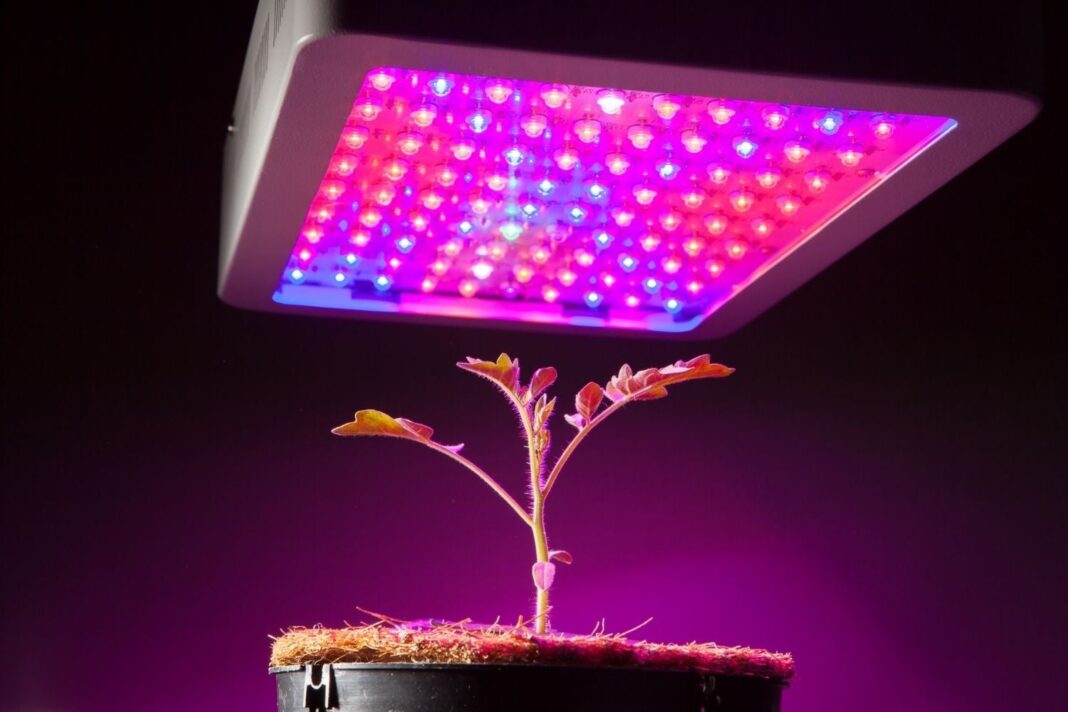Modern growers require modern solutions to modern problems. We’ve seen numerous styles of lights come and go over the years, some good, few great, most mediocre. Coverage is usually lacking in uniformity, components are normally poor quality, there isn’t much flexibility with installation or organization.
But sometimes a light emerges that demonstrates what industry standard should look like and does so by showing rather than telling. Recently, we have noted that the VIVOSUN VSf4300 has made massive strides in demonstrating a solid LED light.
What Is a Grow Light? What Makes an LED Grow Light Different from Other Grow Lights?
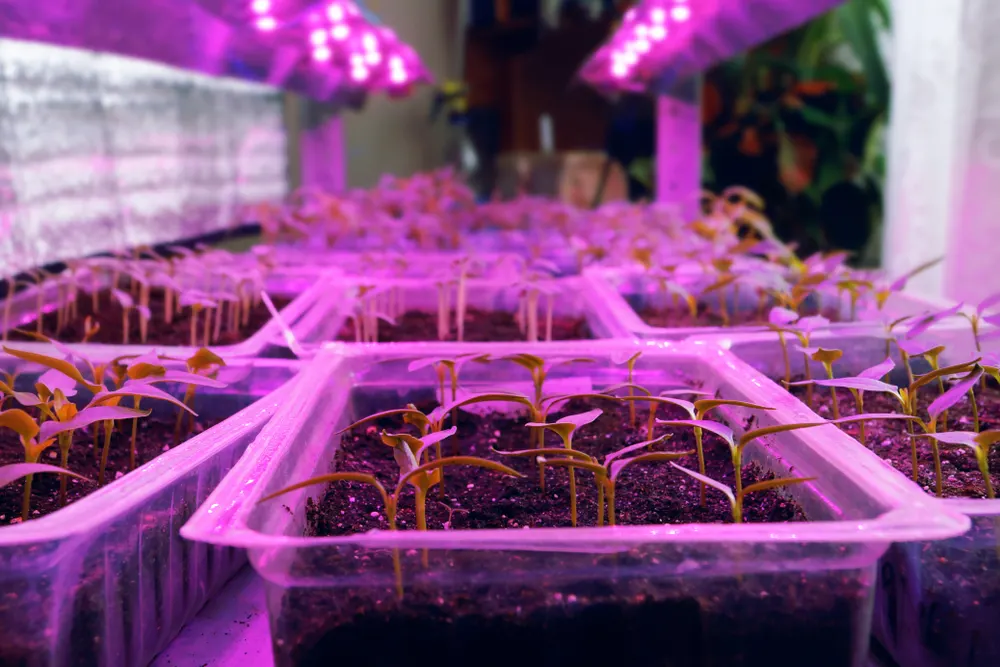
A grow light is a type of light that emits energy as both heat and visible light that is optimized for plant growth, which plants use for photosynthesis. We use grow lights by hanging them above the canopy of our plant so that it simulates sunlight “pouring” down onto the leaves, stems, and flowers.
A good grow light will imitate the most useful parts of sunlight. This means light on the spectrum from Ultraviolet to far-red and infrared. We measure light wavelength in nanometers (nm), and these colors range in wavelength from about 350nm to 850nm.
There are multiple kinds of grow lights on the market: High Intensity Discharge (HID) including Metal Halide (MH), Ceramic Metal Halide (CMH), and High-Pressure Sodium (HPS); T5 Fluorescent; and Light Emitting Diodes (LEDs).
LEDs differ from other kinds of grow lights by their technology. LEDs do not rely on external ballasts, bulbs, fixtures, or even reflectors. They do not put out as much heat as HID bulbs, yet they still produce as much if not more light than HID systems. They do not require much extra equipment, they are easier to maintain, and they last much longer without dimming over time.
How Does an LED Grow Light Work?
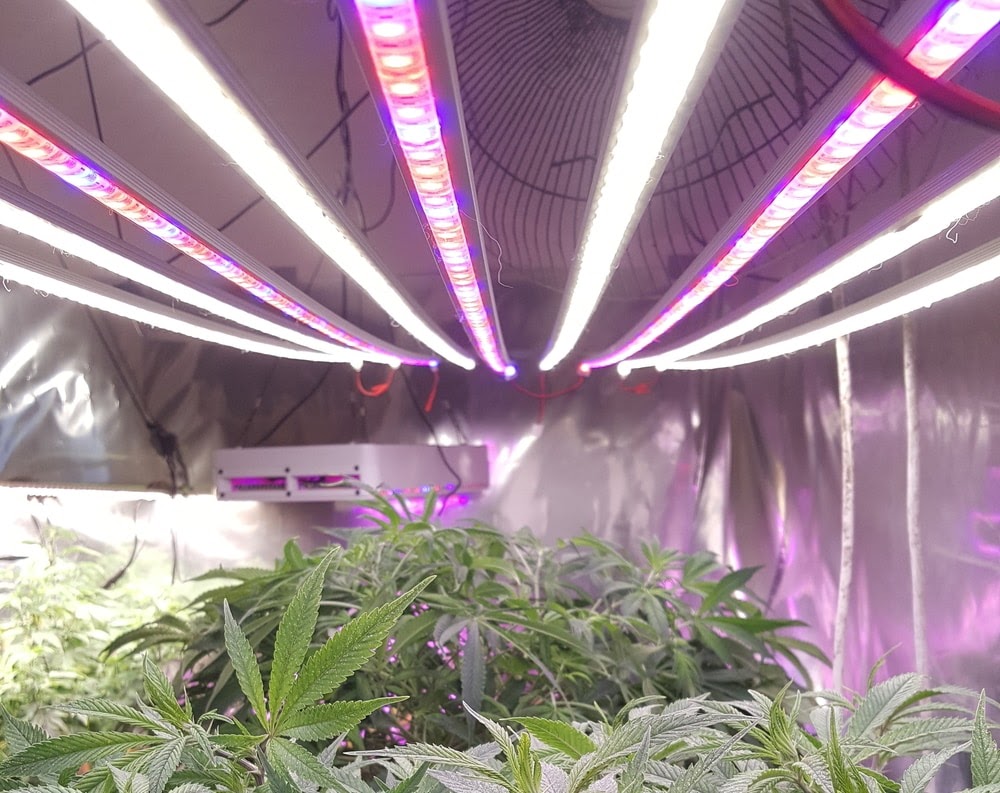
An LED grow light works by passing an electrical current through a semiconductor diode. These semiconductors are made of a crystalline lattice (usually of a combination of chemicals like silicone) that hold electrons.
When the electrical charge changes, these electrons are forced out of the lattice and into another, breaking the bonds with the lattice in the process, which releases energy in the form of heat and electricity.
This heat and electricity are then expelled through the semiconductor and out through a small colored cover that surrounds it. Usually, these colors are cool and warm white, blue, UV-A, red, and far-red, giving the entire light a purple hue in full spectrum.
When light falls onto a leaf, the colors penetrate into the cells and stimulate photosynthesis, the complex process of combining and changing nutrients, water, carbon dioxide, and other chemicals into sugars, amino acids, and ultimately structural components.
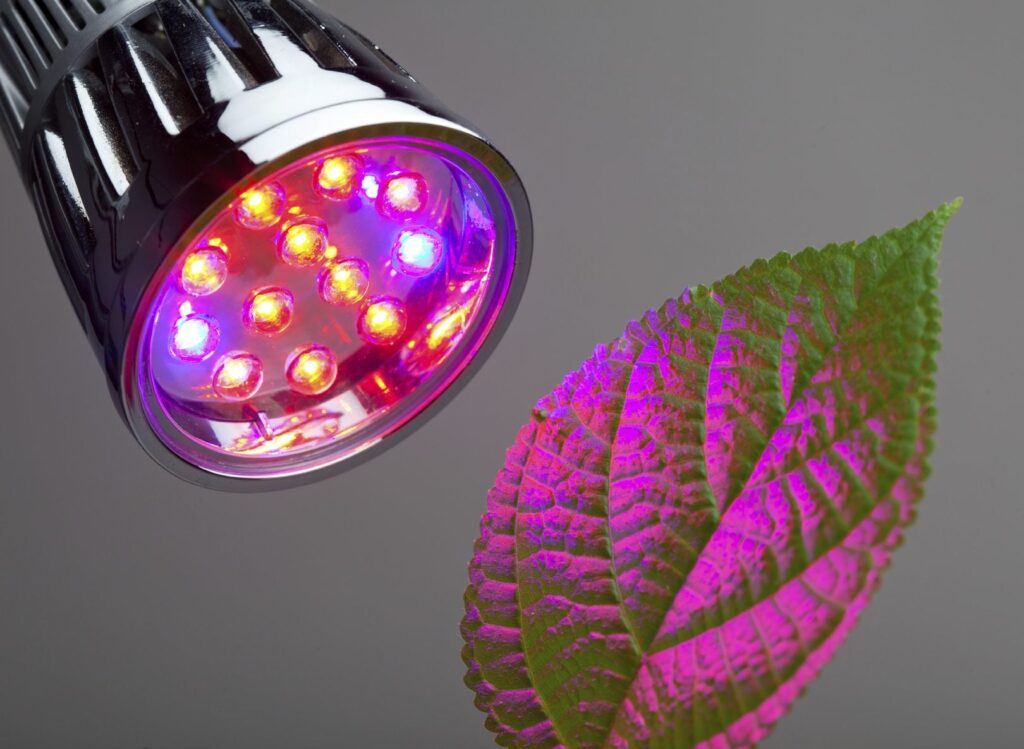
Plants react differently to different colors of light. Red light tends to encourage elongation and flower growth. Blue light encourages thick, robust foliage. A plant will need more blue light in its initial vegetative stage of growth than it will in flowering and will need red light throughout the entire growth cycle, but blue light still helps reduce stretching and strange elongation that can affect plant health when plants are grown only under red light.
VIVOSUN LED grow lights are excellent for growing plants because they provide the full spectrum of light needed but also can be programmed to provide a specific coloration that would emphasize better growth for your plant.
What Are the Different Types of LED Lights Systems?
LED systems come in multiple forms. These forms may appear just aesthetic, but they have an impact on performance. We are marking four different specific types of LEDs that we think are notable for growers.
Panels:
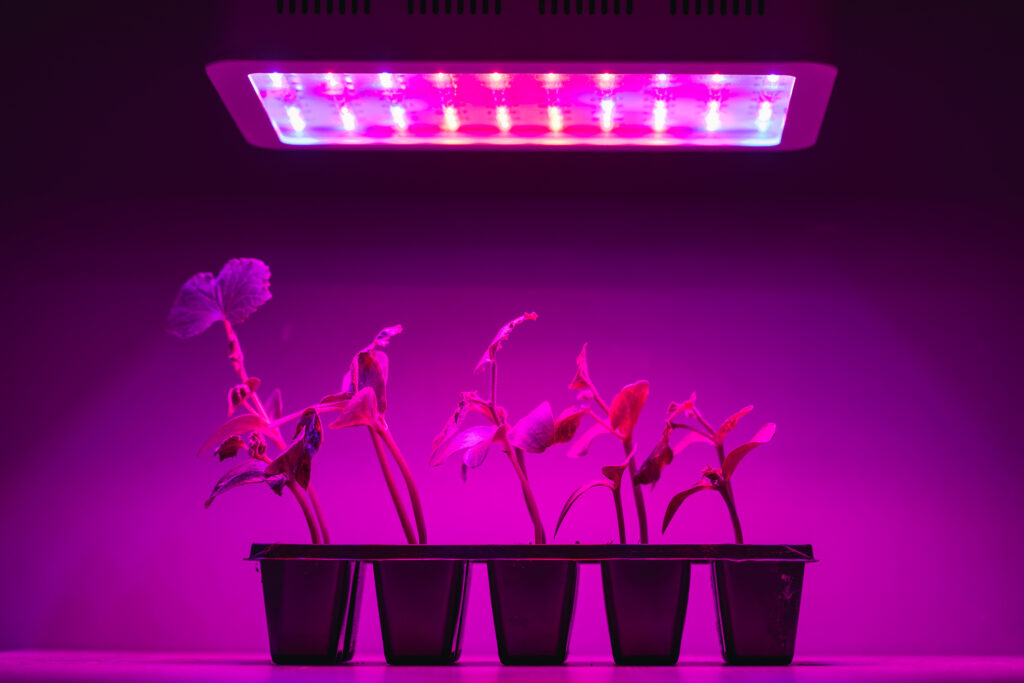
Panels are what have become standard for most LED growers. This panel has a medium wattage and are usually compact, they often feature dimming technology and have a computer chip built in that helps regulate operation, including dimming or spectrum.
Newer models may have a mixture of different types of LEDs that are built into the board itself. Another added benefit is that these panels have fans that are built in, helping keep the system cool.
Boards:
Boards are another compact type of LED grow light. These boards are usually thin, weighing around 5-15 lbs., and have a ballast attached to the top of the system. LED boards provide a great amount of power and have caught on as popular options for growers because of this.
Boards can have a high-power LED built in, or they can have mid-level power or a Chip-on-Board, depending on the manufacturer. Boards offer a wide range of potentials and are becoming a popular option.
Bars:
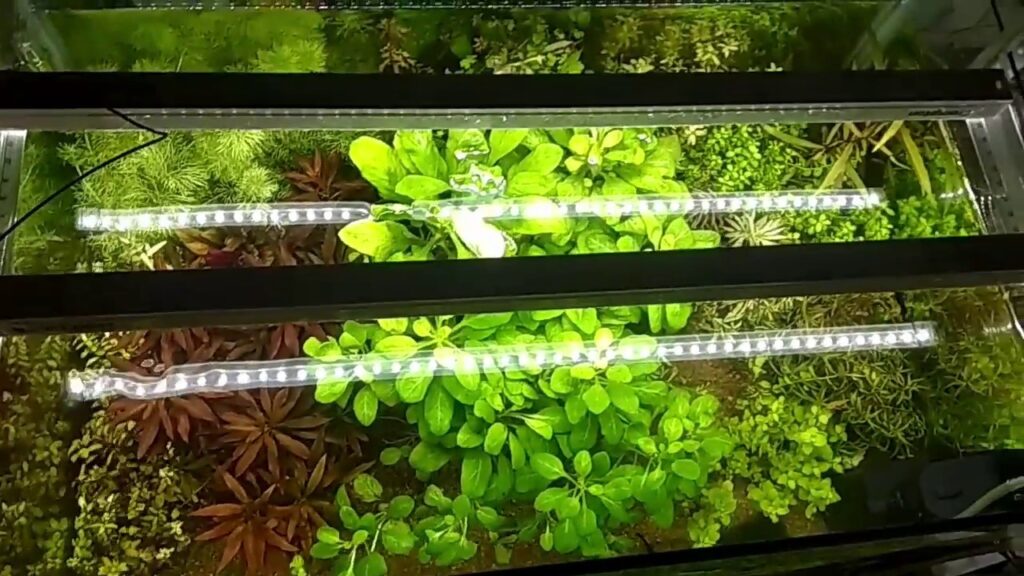
Bars are a unique type of lighting that is overlooked but can have extremely potent power level. Of course, the diode type will determine if the bars are going to be cost-effective or not, but they can produce very interesting results.
High-end bars can bend to produce unique shapes, allowing for better and more specific coverage, they often have ballasts that clip on the exterior of the device, meaning that there is a better cooling effect, and they have specialized coverage areas where the width of the coverage area is usually smaller than the length, which actually is a benefit because it helps distribute light better.
Chip-On-Board:
Chip-on-Board or commonly called COB identifies the diodes as a specific type of diode – one that is a bare LED chip in direct contact with the substrate (usually silicon carbide to produce LED lattices. COB LEDs have better lumen densities, may use less energy from the outlet and produces a great spectrum. They’re not perfect, but they are a major step in the right direction for better lighting.
What Are the Pros and Cons of LED Lighting?
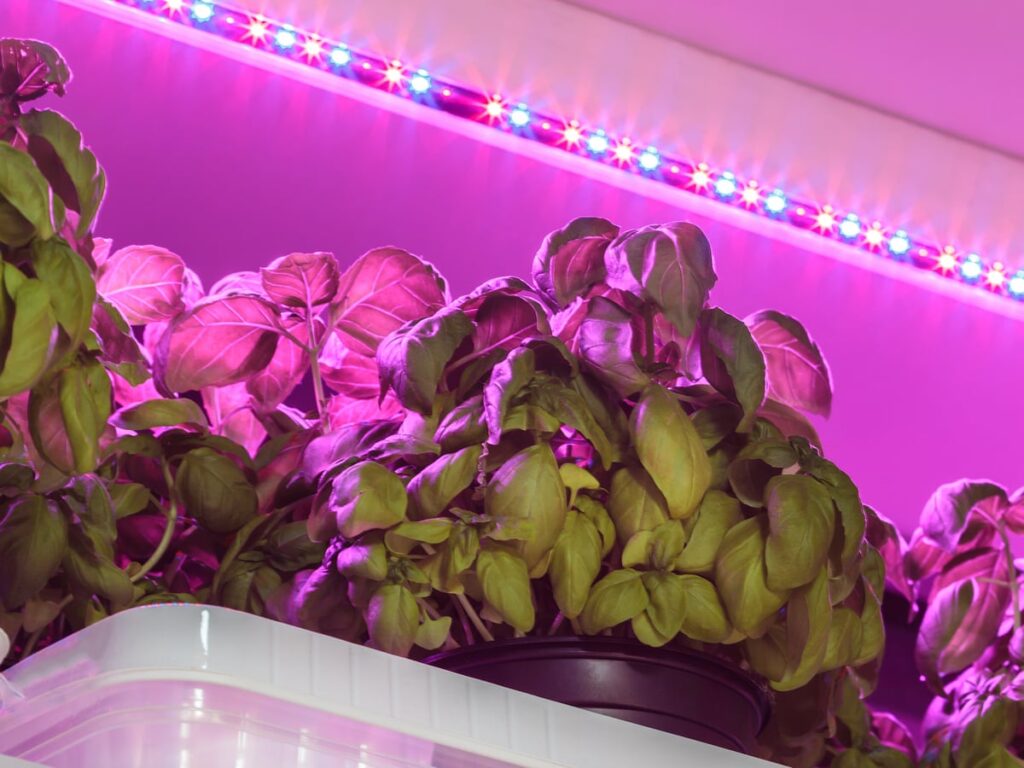
Pros of LED grow lights |
Cons of LED grow lights |
| More efficient than other comparable grow lights like HID systems. They use just half the energy required for T5 fluorescent grow lights, are better for the environment, and they are less taxing on the electricity bill. | The initial cost of LEDs is higher than other systems. This cost might scare some first-time growers. |
| They have a higher light intensity than T5 and HID systems. You will not need to move your lights around as much as you might with HID systems, either and they can be used for the entire grow cycle. | A full spectrum LED light is technically not the full spectrum that is produced by the sun, but you wouldn’t want that as there is a lot of dangerous radiation. |
| They produce less heat than HID systems. LEDs operate 80% cooler than HID bulbs. This is important because excessive heat leads to higher ambient temperatures, higher electricity bills, a higher potential to burn your plants, and more difficulty controlling humidity. Additionally, a cooler lamp can be placed closer to the canopy for better, faster growth. | Adjusting the spectrum usually requires specialized equipment like a digital controller. |
| They have a longer lifespan than other bulbs, usually around 50,000 use hours. That is a total of 2,080 days of constant use! Compared to HID and T5 systems, LEDs never dim over time and don’t need to be thrown out, meaning you’re not adding harmful chemicals to the environment and not having to find specialized recycling centers. | Because LEDs are very efficient, they may not produce enough heat for warm-climate plants in cold climates, especially if you’re growing plants in a garage in winter. You’ll need to add a space heater or move your grow space to a warmer part of the house. |
| LED grow lights do not require extra equipment like reflectors, ballasts, or dedicated ventilation systems. Of course, you should always have a ventilation system but you do not need one to cool the light. | There is a lack of standardization in LED technology on the market so quality between brands can vary greatly and it can be difficult to know whether a brand is an expert at producing lighting. This means you’ll need to do a fair amount of research and rely on customer reviews. |
| Spectrums can be adjusted or “tuned” to fit the stage of growth that your plant is in. This tuning is a powerful tool for growers because it helps focus energy use towards the most useful coloration for your plant. |

